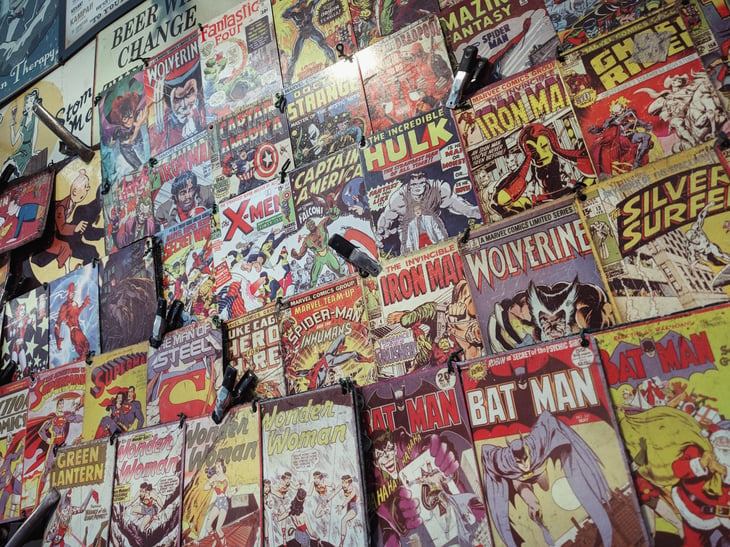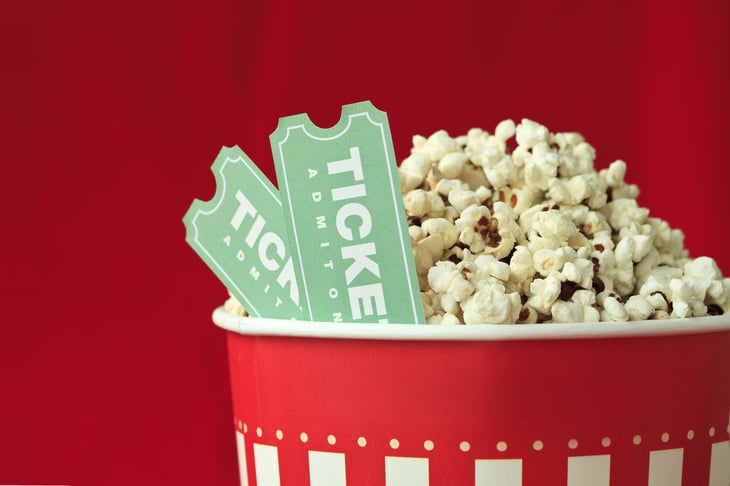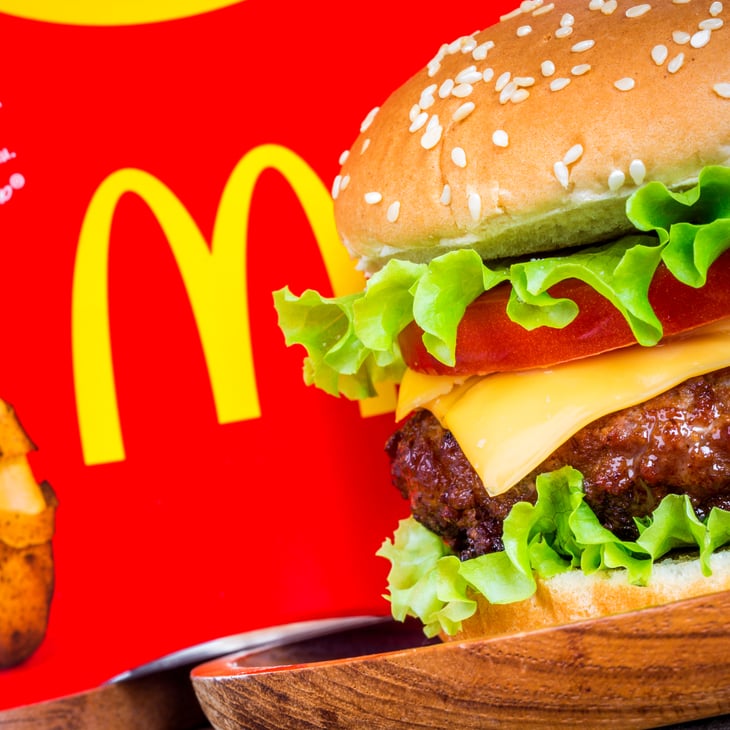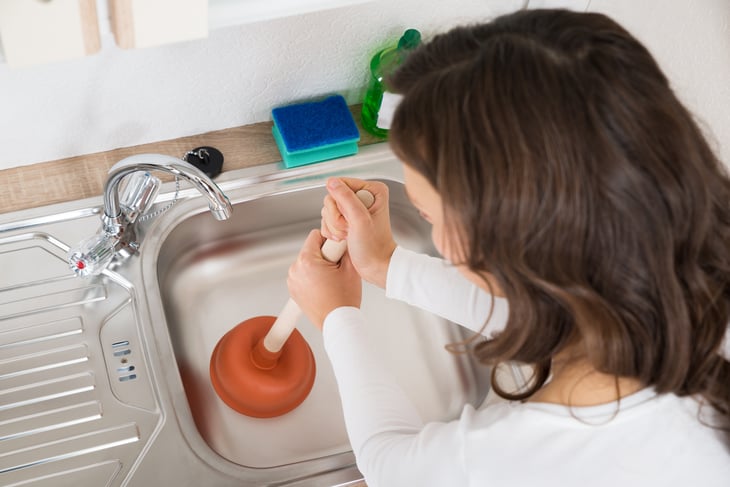
Remember the good old days, when things were cheap?
Now, before you begin pining for yesteryear, remember that prices weren’t really that cheap in the past. Take the cost of consumer goods in the 1950s. When inflation is factored in, you’ll be a bit less nostalgic for the days of poodle skirts and hula hoops.
According to the U.S. Bureau of Labor Statistics Consumer Price Index Inflation Calculator, $1 in December 1950 had the same buying power as $11.87 did in December 2022.
Now that we’ve done that reality check, let’s suspend disbelief and have a little fun: Here are some things you could buy back in the day for less than $1.
1. A bag of groceries

In 1950, a frugal consumer could actually buy a small bag of groceries for less than $1, according to historical pricing research by the Morris County Library in New Jersey.
At least in the state of New Jersey, just one buck would cover the cost of:
- 3 pounds of McIntosh apples (19 cents)
- 3 pounds of yellow onions (10 cents)
- One loaf of Marvel white bread (14 cents)
- One package of My-T-Fine pudding (6 cents)
- One can of Chicken of the Sea tuna (31 cents)
- One tall can of Borden’s evaporated milk (12 cents)
2. Comic books

Before 1961, comic books typically sold for just a dime, according to comics research website Comichron. They were aimed at children and priced accordingly.
By 2019, the median price was $3.99 per issue — which has pushed comics out of the reach of many kids.
3. A movie ticket

With the average price of a movie ticket reaching $9.16 in 2019, it’s easy to get nostalgic about being able to see a film for less than $1 in the early 1960s.
The National Association of Theatre Owners reports that in 1963, the average price for a movie ticket was 86 cents.
4. A bottle of aspirin

Still a go-to remedy for headaches, a 100-count bottle of Bayer aspirin cost just 59 cents in 1950, according to New Jersey’s Morris County Library.
Today, a bottle of aspirin can easily cost you upward of $10, depending on the brand you choose the size of the bottle. Yes, our heads hurt just thinking about it too.
5. A necktie

Although necktie widths, colors and patterns have changed over the years, the tie remains a staple of men’s dress and business attire.
The Sears catalog advertised men’s ties for as little as 97 cents each in the 1950s. Today, you can find ties at Sears.com beginning around $12.
That seems like a big increase, but when you factor in inflation, it’s roughly the same cost today.
6. A McDonald’s cheeseburger

Entrepreneur Ray Kroc opened his first McDonald’s fast-food restaurant in Des Plaines, Illinois, in 1955, offering cheeseburgers for just 19 cents each. Although the profit margin was thin, Kroc became successful by selling large volumes. Sales on his first day were $366.12, which adds up to a lot of those 19-cent burgers.
Today, McDonald’s original cheeseburger costs $1 at many locations — making it one of the few items on this list you can still get for $1 or less.
7. Drain cleaner

People have struggled with clogged drains ever since homes got indoor bathrooms and kitchens. Before calling a plumber, many folks reach for a drain cleaner to dissolve the blockage.
In the 1950s, a 12-ounce container of Drano cost 22 cents, New Jersey’s Morris County Library reports. Today, a 32-ounce container costs nearly $5 at Target.
8. A box of tissues

When people in the 1950s reached for a tissue, it cost a lot less than today. You could buy a 300-count box of Kleenex tissues in 1950 for just 27 cents, reports the Morris County Library in New Jersey.
Today, Walmart will sell you a 280-count package of Kleenex Trusted Care Everyday Facial Tissues for $14.89.
9. A bottle of Coke

Coca-Cola was a popular brand of soft drink back in the day, first sold at soda fountains in 1886. In 1950, it became the first commercial product to appear on the cover of Time magazine. At that time, a bottle of Coke still sold for a nickel — at least in some places — a price it held for about 70 years, according to NPR.
Today, you easily can spend more than $1 to quench your thirst with a Coke.
10. A gallon of gasoline

In the “good old days,” gasoline was cheap and American cars were fuel-guzzlers. There was little concern about conserving gasoline or preventing air pollution.
In 1963, when the Clean Air Act was passed to fight air pollution, a gallon of gas sold for 30 cents, the average retail price since the mid-1950s. It didn’t fluctuate much until the year after an OPEC oil embargo sparked the 1973 energy crisis. Prices then rose, hitting an average of 86 cents in 1979, before crossing the dollar mark in 1980, according to the U.S. Department of Energy.
